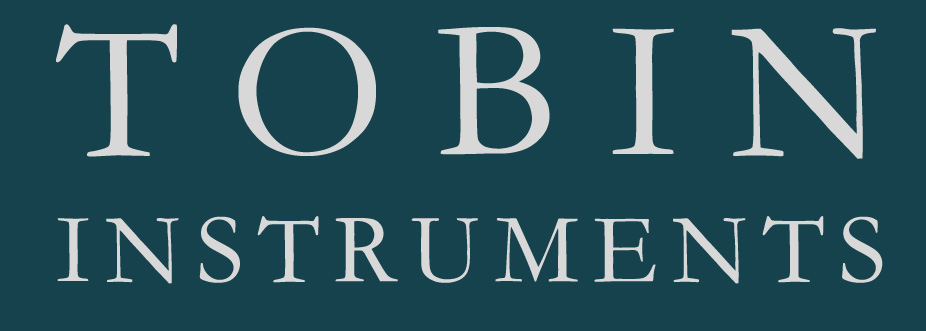Construction
Specification
Soundboard – European Spruce or Western Red Cedar
Back and Sides – Indian Rosewood
Neck – Carbon reinforced Brazilian Mahogany or Flame Maple
Neck backstrap – optional
Two way adjustable truss rod
Fingerboard – Ebony
Mother of Pearl face and edge dots
Bridge – Ebony
Saddle – fully compensated bone
Nut – Bone
Machine Heads – Gold-plated Gotoh SGL510
Tailpiece – 2mm Solid Brass
Woods
I use only the finest quarter sawn solid woods for the instrument, and all of the wood I use is kept at a controlled temperature and humidity level (around 50% RH @ 70°f). This building environment is important to ensure that your instrument can cope with the natural changes in humidity and temperature and ensures a completely stable instrument when built.
The woods I use have been chosen as a result of many years’ experimentation by instrument makers past and present. They are not random choices but are used to provide the specific qualities required of a particular instrument. The woods I choose for your instrument will be the ones most appropriate for the sound, tone and projection that you are trying to achieve.
Now, describing the tonal qualities of a particular piece of wood is a very subjective thing, different people hear different things. So below I have listed the most common woods that I use for the soundboards and back / sides and a generalisation of the qualities they can bring to an instrument.
Soundboard
In any acoustic musical instrument, the soundboard is the one component that really has to work hard! With the internal bracing pattern, it has to be able to support the compression force from the strings and transmit the vibrations from the strings through the bridge into the sound that you hear. Most of the tone and volume is generated from the top. There are three main choices of woods that I use for instrument tops, European Spruce also known as Swiss Pine, Sitka Spruce and Western Red Cedar. I make most of my instruments with European Spruce due to its overall power, projection and tonal qualities. However, both Sitka Spruce and Cedar have their own particular characteristics, and both should definitely be considered.
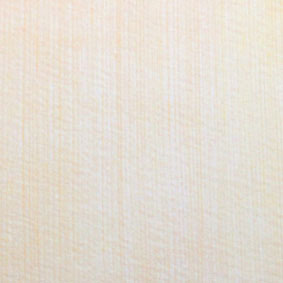
European Spruce
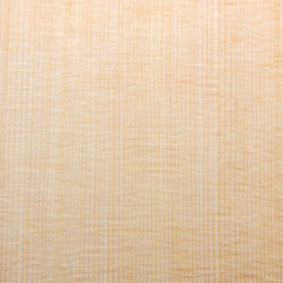
Sitka Spruce
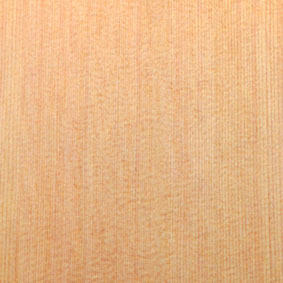
Western Red Cedar
Back and Sides
The back and sides of a bouzouki with the soundboard complete the body. While the soundboard generates the majority of the tone and voice of the instrument, the sides and the back in particular provide the complexity and colour to the tone. The density of the wood used for the back and sides and its ability to reflect the vibrations from the top will have its own influence on the tonal character of the instrument. For my instruments, I favour Indian rosewood. It is a dense and resonant wood and imparts a richness and warmth to the tone of the instrument. I also use Maple and Mahogany, two lovely tone woods which add their own colour and character.
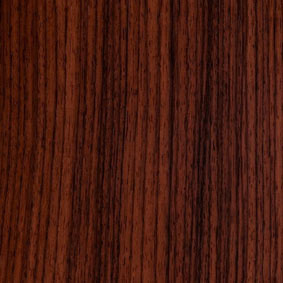
Indian Rosewood
Wonderful colours of rich browns and purples with a striking grain pattern. Indian Rosewood is a hard and dense wood and is the ideal wood for the back and sides. Very resonant with great sustain, rich warm tonal colour and clarity with complex overtones.
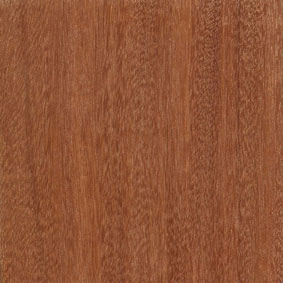
Brazilian Mahogany

Maple
Neck, Fingerboard and Bridge
The choice of wood for this component is really important. It has to be light in weight, but also stiff, strong and above all stable. I find that quarter sawn Brazilian Mahogany is the best wood. Light in weight, very stable and strong, it is the ideal wood. It is also dense, really important for a good sustain. Maple or Flame Maple is also a great wood and should be considered.
Fingerboards are made from Ebony, a very dense and durable black wood, it is the ideal choice for resisting wear and tear and also adding mass and stiffness to the neck.
The bridge is an incredibly important component in a bouzouki. Its purpose along with the bone saddle is to support the strings at the correct height above the soundboard and also to transfer the vibrations of the strings into the body with no loss of energy. Ebony is the best wood to use.
Finishes
Pickups
I’ve lost count of the number of different pickups I’ve tried, but in recent years I’ve settled on the K&K Mini Pure. This is a passive pickup but it had great volume. It has a balanced sound, rich in the mids and bass with a great clarity in the top register.
